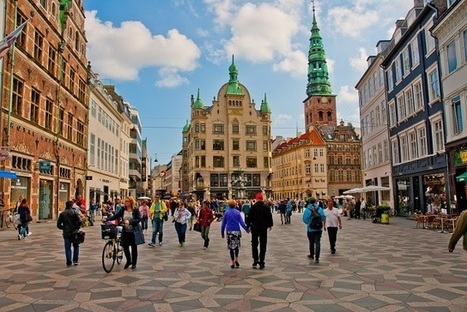To walk in our cities is more than just a simple act of transport. Walking represents an appropriation of urban space for daily life. It means being an active part of the urban environment by learning, understanding and shaping the city on a personal level. Walking is one of the most democratic and equitable ways of getting around, but it’s also one of the ways most linked to factors outside an individual’s control, like social or physical abilities and the presence of infrastructure to walk comfortably and safely.
These are the factors that define walkability, which refers to how safe, convenient, and efficient it is to walk in an urban environment. Walkability has a direct impact on urban residents’ mobility, as the term is often used to communicate how likely the average person is to choose walking over other modes of transport in a given area...
Via
Lauren Moss,
GTANSW & ACT



 Your new post is loading...
Your new post is loading...












